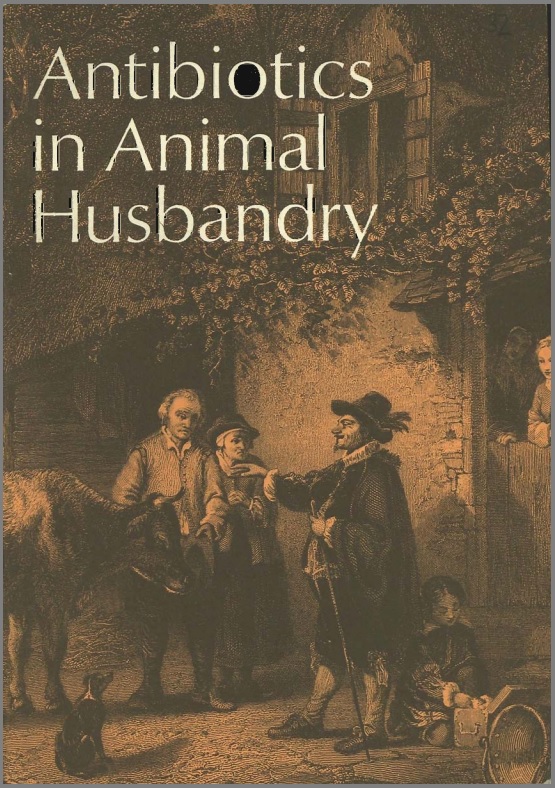Unlocking the Value of Combination Therapies

It has generally been the policy of OHE, in this series of occasional papers, to avoid controversial topics directly involving the pharmaceutical manufacturers, who still provide much of the finance for our Office. We are departing from the tradition on this occasion partly…
It has generally been the policy of OHE, in this series of occasional papers, to avoid controversial topics directly involving the pharmaceutical manufacturers, who still provide much of the finance for our Office. We are departing from the tradition on this occasion partly by accident and partly by intent.
We first started to look at the “non-medical” use of antibiotics in animal husbandry some time ago, when there appeared to be a straightforward case for assessing what economic benefits these yielded. Almost at once, however, the work of Dr E.S. Anderson and others focussed attention on the potential hazards of antibiotic resistance spreading from animals to man. The resulting publicity and widespread concern prompted the Association of the British Pharmaceutical Industry to call on the Minister of Agriculture to hasten the setting up of an official Enquiry into the question, and (while OHE was still studying the subject) the government’s Committee under the Chairmanship of Professor Michael Swann was established. That Committee may indeed have reported before this booklet is published.
The extent of public discussion, which has continued since the Swann Committee started work, indicates that the subject is still one of very general interest. We, therefore, felt it would be wrong for OHE to abandon its work, which has now reached the stage of publication. Our study still deals largely with the economic benefits from the use of antibiotics in animal husbandry. In doing this, we hope that we may have provided a broader economic background to the conclusions of the Swann Committee. It also necessarily discusses the much publicised potential hazards. These, we hope, are put into perspective by identifying some of the different aspects of the problem which have sometimes been confused in previous public discussion. For instance, the possible transfer of resistant pathogens from calves to man (following therapeutic or high level “prophylactic” doses of antibiotics) must be distinguished from the question of resistance induced in non-pathogens in other types of animal by low doses of antibiotics for growth promotion. Recent evidence tends to suggest that the latter may remain little more than a theoretical hazard. As with so many of our publications, however, this booklet concludes that many questions remain unanswered.
Antibiotics in Animal Husbandry
